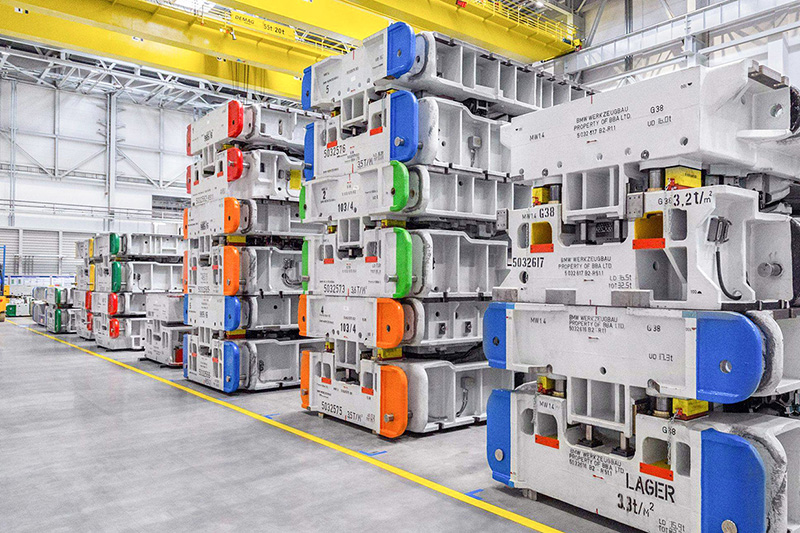For independent nitrogen gas springs, there are two types of fastening. One is to use the screw holes at the bottom of the cylinder to directly tighten the installation; the other is to use a variety of special mounting flanges to install the gas spring. Fasten. Which type of installation to choose depends on the specific structure of the mold, the size of the spring pressure of the nitrogen gas spring, and the size of the stroke. For nitrogen gas springs with large strokes (more than 100MM) and large spring pressure (more than 4 tons), the installation form of the nitrogen springs should be installed as far as possible.

In the mold design, the nitrogen gas spring should be placed in the fixed mold as much as possible, and avoid placing it in the moving mold. For nitrogen gas springs placed horizontally, it is recommended to use special flanges to fix them instead of using the screw holes at the bottom of the gas spring to be directly fixed. If a counterbore is used to mount the nitrogen spring, the diameter of the counterbore must be compatible with the outer diameter of the nitrogen spring, and there should be no excessive gap (less than 0.5MM), and it must be pre-compressed during use to prevent loose spring return. , Causing damage to the spring.
As a high-pressure container, the nitrogen gas spring is continuously compressed and expanded during work (generally 15MPA). Therefore, it is very important to fasten the nitrogen gas spring in the mold. The fastening must be reliable and able to withstand a certain range of unbalanced load. (≤1°), can not appear loose in the long-term working process, this is a problem that must be paid attention to when designing and applying nitrogen gas springs.







